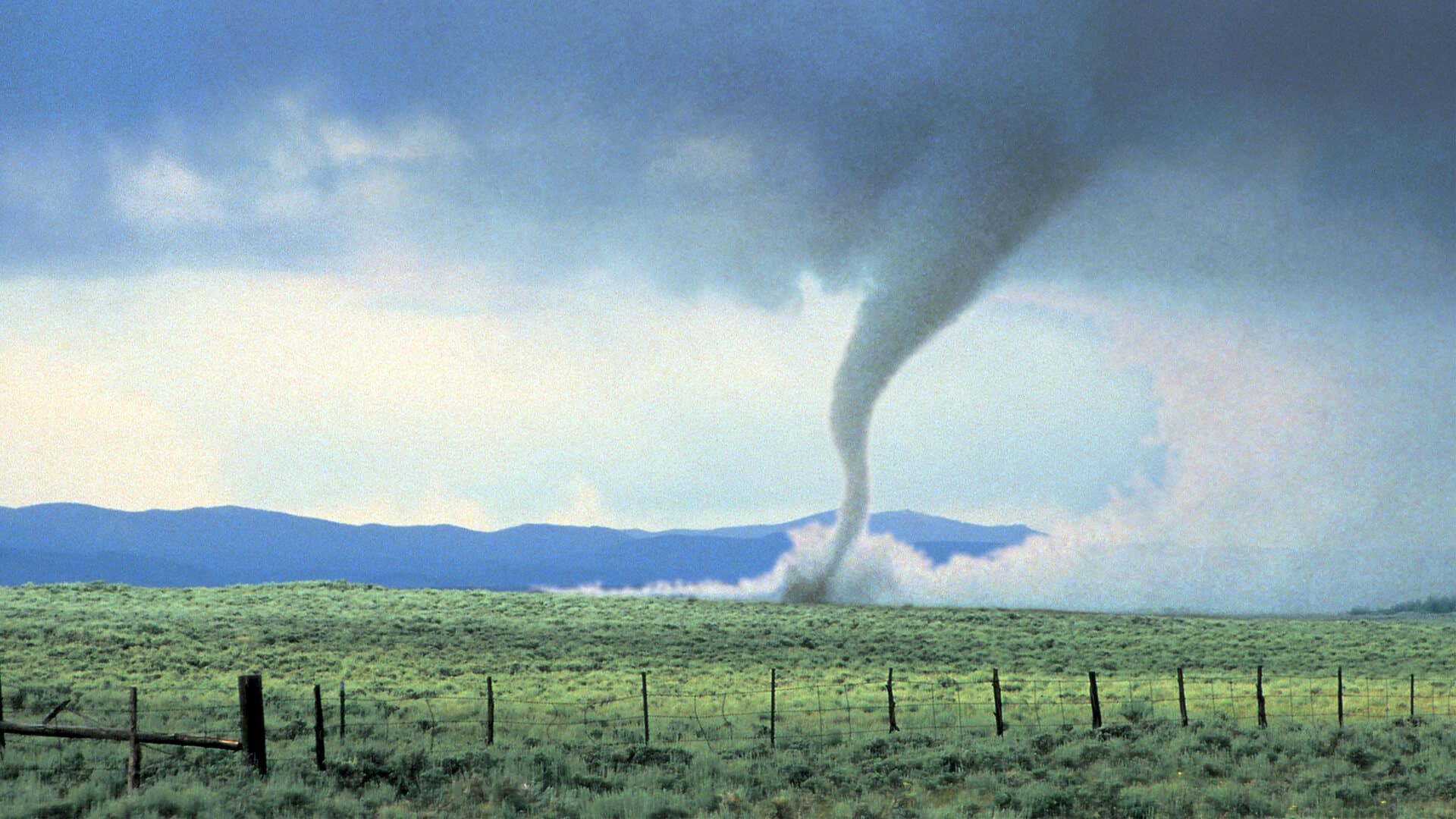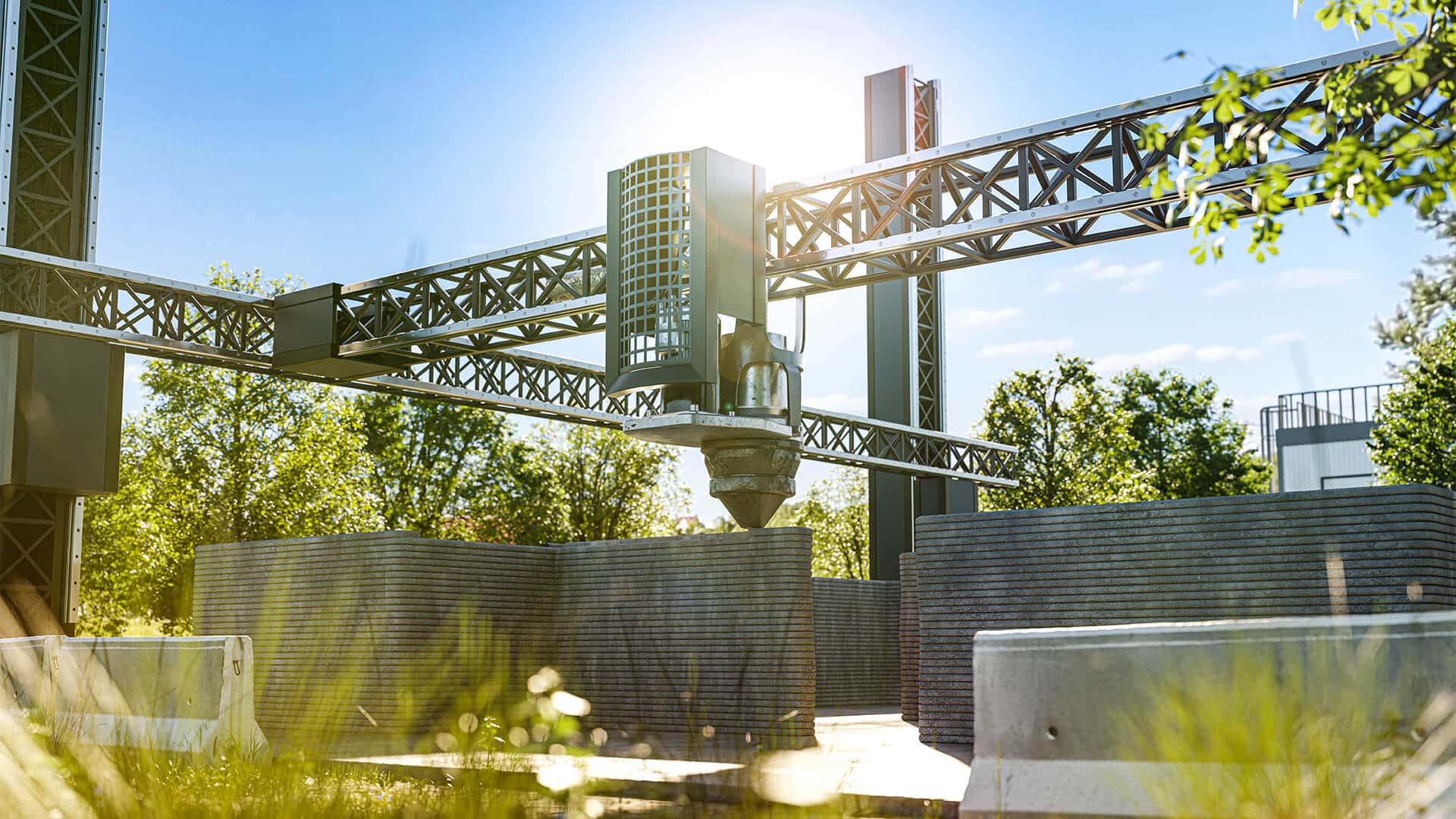Imagine a future where the very factories dotting our landscape not only cease to emit harmful CO2 but actively pluck it right out of the air. That future is inching closer, thanks to advances in a promising technology known as direct air capture (DAC).
A pioneer in this field, Swiss company Climeworks recently unveiled its Generation 3 DAC technology, which promises to halve both the energy use and costs of their previous systems.
DAC has the potential to be a game-changer in our fight against climate change. The technology isn’t new, but its practical application has been limited by high costs and substantial energy requirements. Currently, DAC is a drop in the ocean, capturing a mere 0.01 million metric tons of CO2 annually worldwide—nowhere near enough considering the billions of tons released each year. Companies like Microsoft, Stripe, and Shopify, as well as the Biden administration, are betting big on DAC.
Despite endorsements from the Biden administration and large companies like Microsoft, Shopify, and Stripe, DAC faces significant hurdles. The cost of capturing a single ton of CO2 can soar above $600, making large-scale deployment a daunting financial challenge. Moreover, running these plants demands vast amounts of energy, which could strain our already burdened power grids. There’s also the issue of what to do with the captured CO2—storing it safely underground or beneath the sea adds another layer of cost and complexity.
However, Climeworks’ latest innovation could turn the tide. The new Generation 3 plant targets a reduction in capture costs to $250–350 per ton by 2030. These facilities are smaller, more efficient, and smarter in design. Unlike older versions, which resembled shipping containers lined with fans, the new modules are cube-shaped to maximize air intake and increase contact with the innovative filters that trap CO2 more effectively.
These filters are key players in the DAC process. Air flows over a special material that attracts and captures CO2. Once the filter is saturated, it is heated to release the captured gas, now concentrated enough for storage or use elsewhere.
Of course, the strides Climeworks has made with Generation 3 didn’t happen overnight. The company has been rigorously testing its new filters in Switzerland for the past five years, culminating in a full-scale trial this June. Its “Mammoth” plant is already operating in Iceland, as reported by CNN, and the company is now ready to launch in the U.S., starting with a new facility in Louisiana called “Project Cypress.” The site will be part of a $3.5 billion Biden administration initiative aimed at creating DAC hubs across the nation.
Climeworks has also announced plans to expand into Australia, and continues to develop projects in Norway, Kenya, and Canada.
DAC technology represents more than just an industrial achievement; it’s a beacon of hope for a cleaner, cooler planet. As Climeworks and others push forward, refining and deploying DAC at scale, we edge closer to a world where technology helps us make up for lost time in our fight against the climate crisis.











